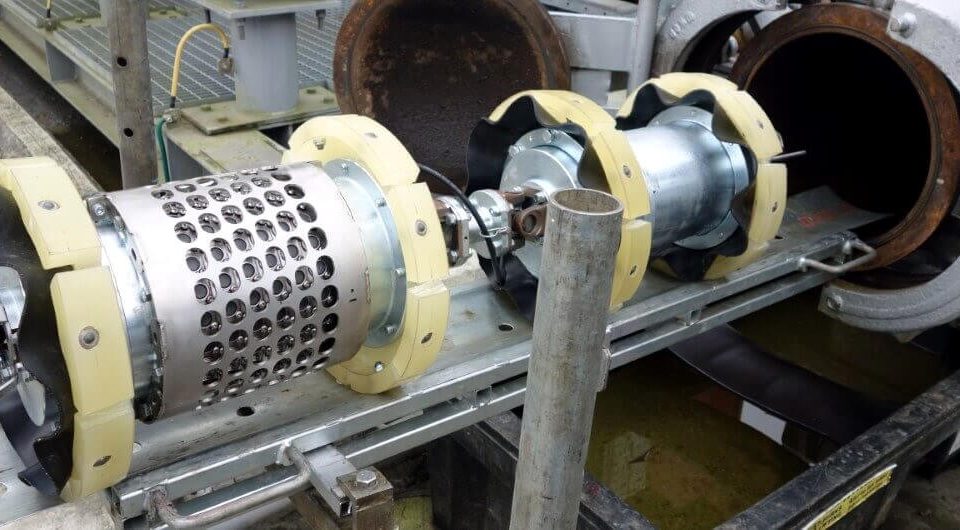
Gas Transmission Pipeline Compliance Survey
October 21, 2018
ILI Procedures and Vendor Profiles
July 2, 2019The Problem
Due to a minor failure on an in-service tank approximately 1,500 gallons of condensate were released into secondary containment. As a result of the volume of release the State was notified as required. The tank that holed through was in the same service as 5 surrounding tanks, and it was unclear as to the cause of the failure, or if the remaining tanks were exhibiting the same degradation.
Approach and Solution
Integrity EPC was contracted to perform inspections and test on the 5 remaining tanks to determine if they were fit for continued service. To increase the likelihood of finding corrosion that could result in a failure, an inspection and test plan (ITP) was generated and executed. The focus of the ITP was to obtain a representative sample on the surrounding tanks to identify similar internal corrosion.
Execution
The inspections and tests performed include the following for each tank:
- 1’ x 1’ Ultrasonic Thickness scans at the bottom of the bottom shell course in 4 locations
- Spot UT 1’ apart 1-3” above the tank chime 360 degrees around the tank circumference
- Visual inspection of the external of the bottom shell course to check for signs of internal degradation
Results
The shells of these tanks have 3/16” (0.1875”) nominal thicknesses. The UT readings obtained recorded a low of 0.180”, resulting in a loss of 0.007”, which represents a loss of less than 5% of the nominal thickness. Visual inspection was limited to that seen from the external of the tank due to no internal access being available. Visual of the bottom 12” of the bottom shell course reported no signs of internal corrosion or coating degradation like that observed on the failed tank. The results of the inspections and tests performed reported the remaining 5 tanks to be fit for service. These inspection efforts were completed and reported on within 12 hours of the failure occurring. The client was provided with a formal report showing they performed due diligence inspections prior to the state walking the job site, allowing the site to be returned to production in an expedited fashion.



